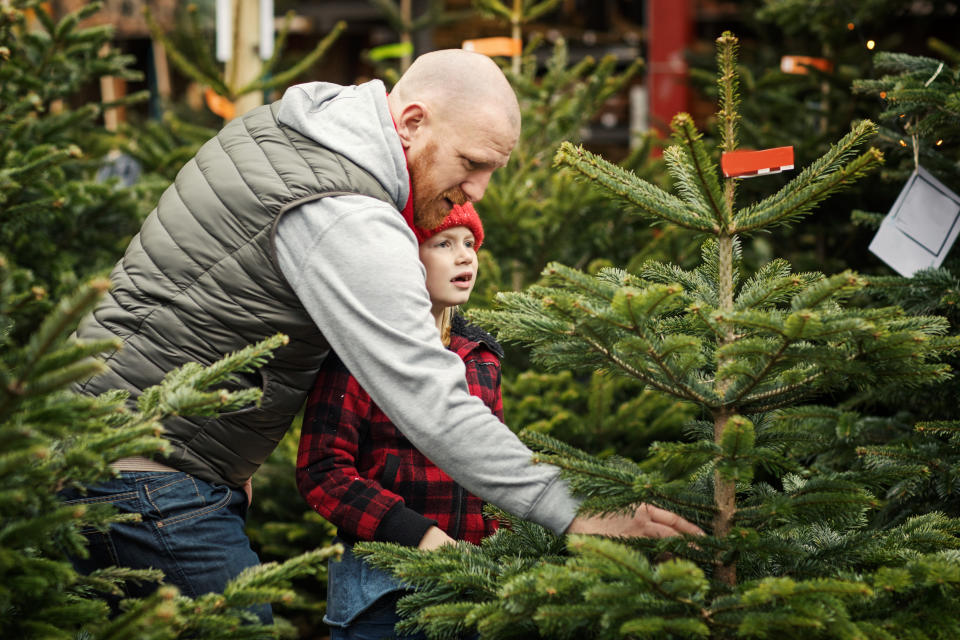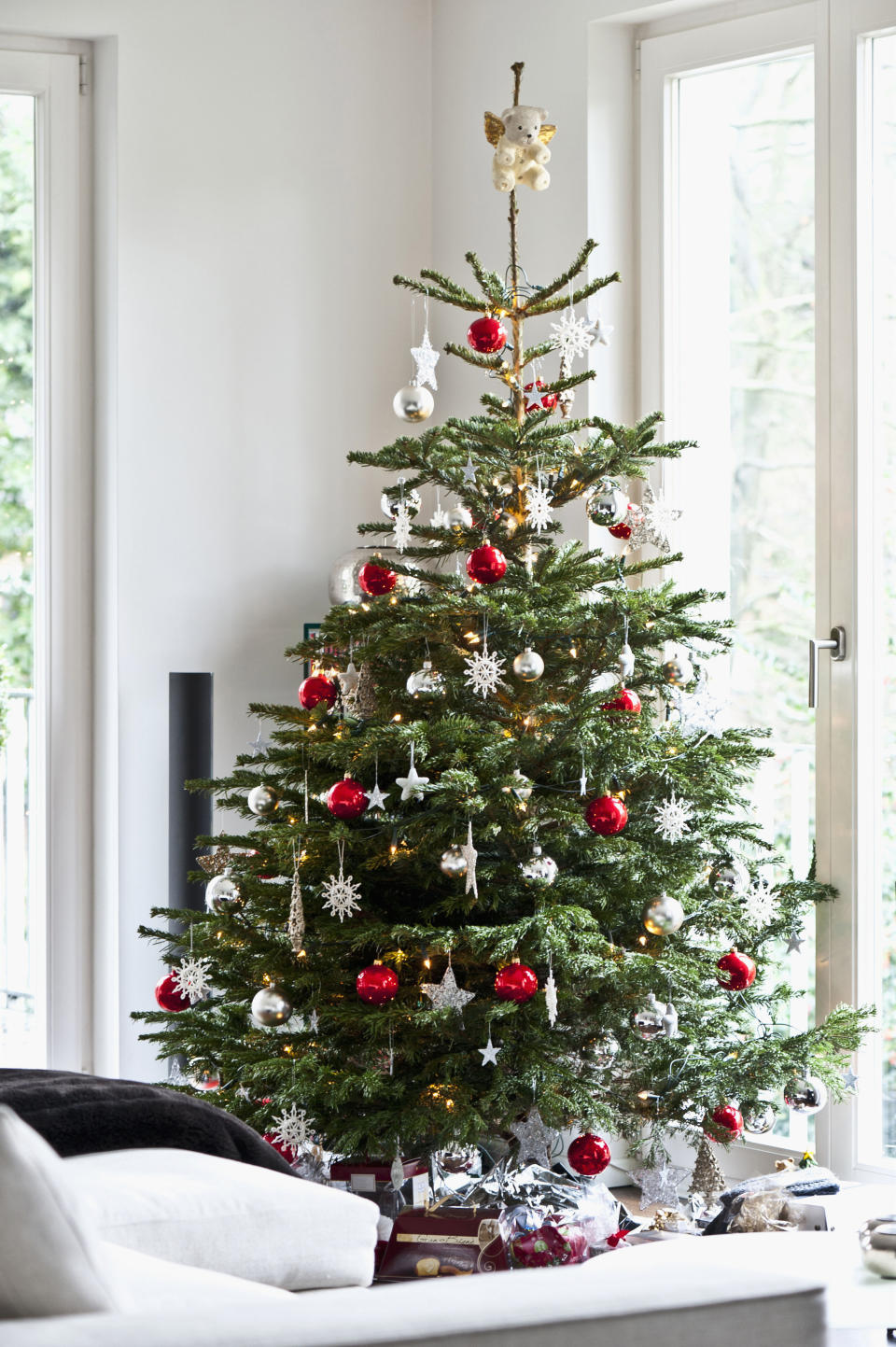Could your Christmas tree be making you sick? What to know this holiday season
This article is for informational purposes only and is not a substitute for professional medical advice, diagnosis or treatment. Contact a qualified medical professional before engaging in any physical activity, or making any changes to your diet, medication or lifestyle.
Do you experience a stuffy nose or itchy skin when you string lights on your real Christmas tree? Do you find yourself reaching for your inhaler or cough drops more frequently over the holidays? If so, you could be allergic to your Christmas tree.
People who notice a flare-up in allergy symptoms at this time of year could experience what's known as Christmas tree syndrome — or Christmas tree dermatitis if you develop a rash.
And while 'tis the season to revel in the holiday spirt, for an unlucky few, decorating or touching a Christmas tree can pose a real health risk.
In 2019, an Australian woman suffered an allergic reaction to her tree that seriously derailed her holiday plans.

Niki Waldegrave developed a painful rash while helping secure her family’s Christmas tree to the hood of her car. The Sydney-based journalist told the New York Post that she broke out in blisters on her forearms and hands as soon as she brought the seven-foot fir home.
“It was one of the worst feelings I’ve experienced in my life,” Waldegrave said at the time. “We just put the tree on the top of the car and my arms started itching, but I didn’t think about it too much.”
Initially Waldegrave attributed the discomfort as eczema or allergies, which she’s had her entire life. It wasn’t until the family began decorating the tree that the pain worsened, and she began developing hives and open blisters.
“By the time I got to bed, I was covered from head to toe in angry red welts,” she recalled.
After showering and taking antihistamines, Waldegrave decided to head to hospital when she began wheezing, and bleeding onto her bedding. Doctors gave the 39-year-old stronger antihistamines and steroids which helped to lessen the swelling on her arms, legs and face.
Waldegrave shared that she had grown up with an artificial tree, and the family removed the fir from their home as soon as possible.

Signs and symptoms of a Christmas tree allergy
According to a study published in the Canadian Medical Association Journal, approximately seven per cent of people experience an allergic reaction when exposed to coniferous trees like pine, fir and spruce). Like Waldegrove, the majority of sufferers experience symptoms such as wheezing, sneezing and skin rashes within the first 24 hours of exposure, however others develop a reaction after several days.
Researchers believe that although scrapings from pine and spruce trees revealed high traces of mould, no mould had become airborne in test environment. Tree pollens and balsam oils are believed to be the cause of Christmas tree syndrome symptoms.
While the most obvious answer might be to simply use an artificial tree, you might not be in the clear in terms of allergy symptoms.
Experts say artificial trees, especially those stored in damp or humid spaces, can also become a breeding ground for mold and dust.

How to prevent Christmas tree allergies
If you're opting for a real Christmas tree, ask the retailer to shake the tree for any loose debris, dust or mold. For both coniferous and artificial trees that aren't pre-lit, consider hosing off the tree outside and allow it to dry before bringing it inside to decorate.
To help minimize your risk of allergic reaction, wear long clothing or gloves when decorating or handling the tree, or if possible have a friend or family member help you decorate to minimize your contact with the tree. Air purifiers strategically placed around the room can also help reduce any allergens that may cause irritations.
Consider upgrading your tree storage to a container rather than a cardboard box to help prevent dust and mold from collecting throughout the year.
Additionally, a 2016 report revealed it’s not just Christmas trees that could be harmful. Poinsettia, perfumed candles, Christmas cactus, frankincense, myrrh and other seasonal pollens could all pose a rare but possible allergy risk.
Keeping antihistamines and cortisone creams handy during the holidays can help reduce symptoms of these less than festive allergies.
Let us know what you think by commenting below and tweeting @YahooStyleCA! Follow us on Twitter and Instagram.

